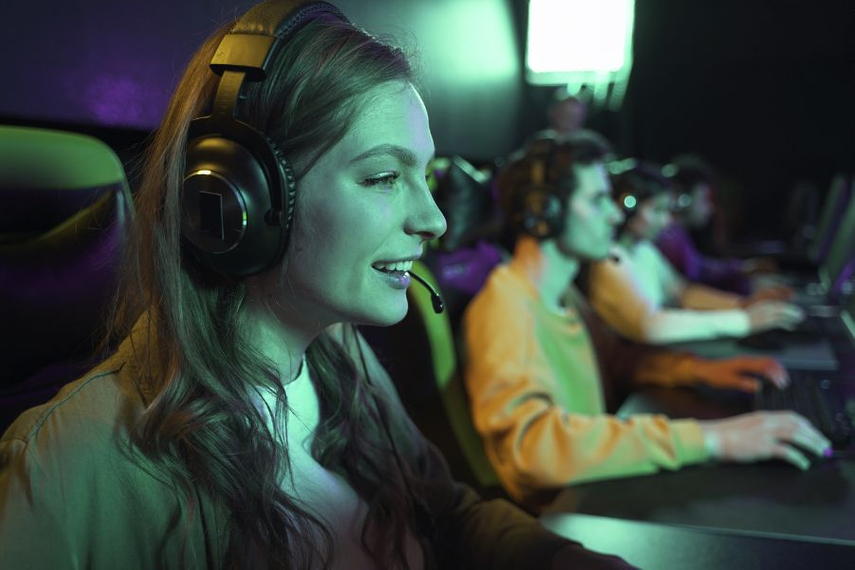
Please sign in or register
Existing users sign in here
Having trouble signing in?
Contact Customer Support at
[email protected]
or call+852 3175 1913
With women breaking stereotypes, it's time brands look beyond gender while mapping their advertising strategies on gaming platforms, says Gamezop co-founder Gaurav Agarwal.

Contact Customer Support at
[email protected]
or call+852 3175 1913
Top news, insights and analysis every weekday
Sign up for Campaign Bulletins
Wren was speaking at the Q1 earnings call and expects to close the IPG acquisition in H2 2025.
Competition lawyer Dr Or Brook alleges Google has used its dominant position to charge overinflated ad prices.
The campaign was created in collaboration with Adam & Eve/DDB.
Creator journalists and UGC are starting to draw more attention from advertisers wary of potentially distressing content on news brands.